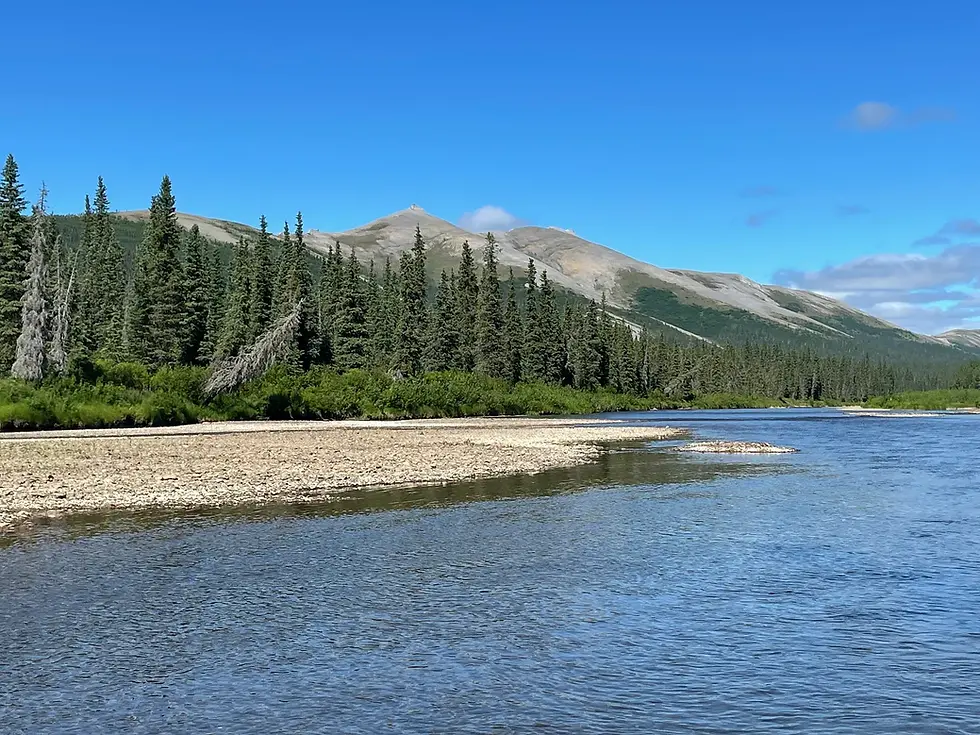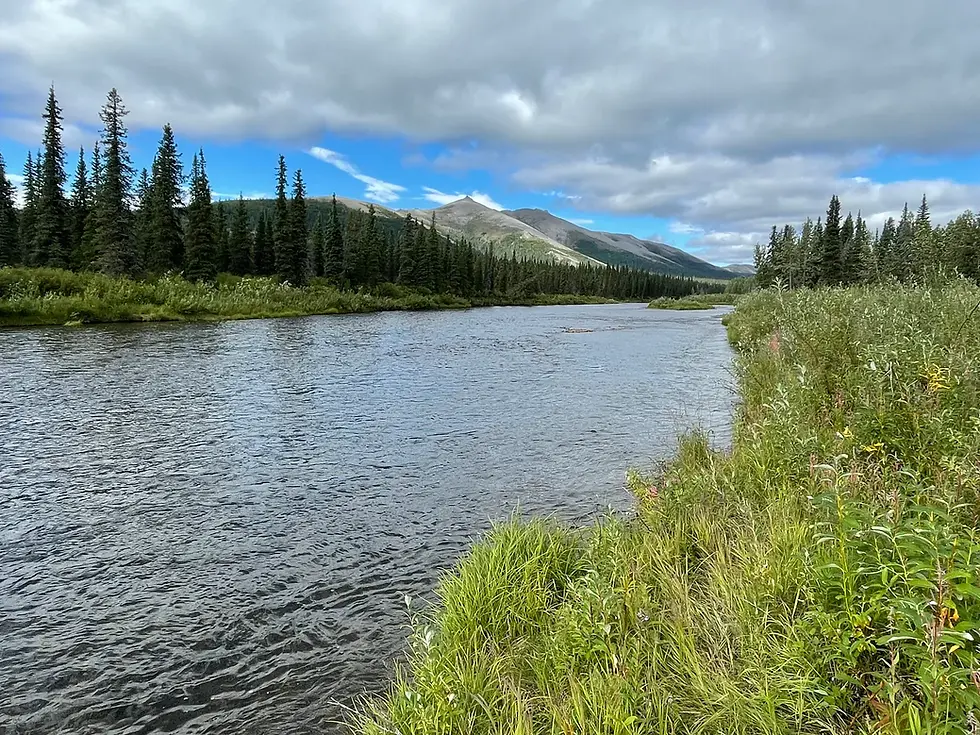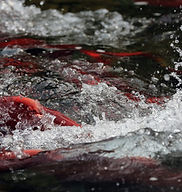Melting Permafrost Linked to Russian Oil Spill
- Norton Bay Watershed Council

- Jun 8, 2020
- 1 min read
June 9, 2020

In late May of this year, a huge oil tank collapsed in Norilsk, an industrial city in north-central Siberia. An estimated 21,000 tons of diesel fuel spilled into the Ambarnaya and Daldykan rivers coating the water with an oily crimson layer.
One of the largest spills documented in the Arctic, the Norilsk spill has been compared to Alaska’s 1989 ExxonValdez oil spill. As with the ExxonValdez, the spill occurred during spring migration, poisoning the waters just as fish and birds are returning to their natal grounds.
Russian mining firms identified melting permafrost as the culprit – destabilizing the soil under the tank. Clearly, as the arctic warms, the potential for lethal spills increases. Better surveillance of melting permafrost with inexpensive temperature probes would likely have prevented the spill. Despite the up-front costs, preventative measures save hundreds of millions of dollars in clean-up efforts and safeguard wetlands and the wildlife and human inhabitants they support.








Comments